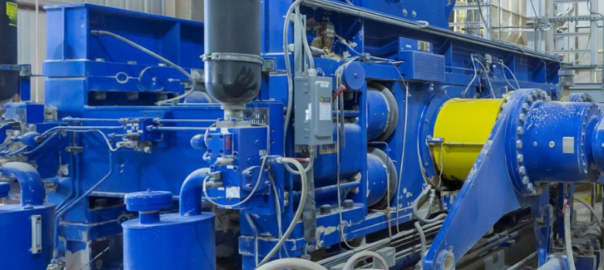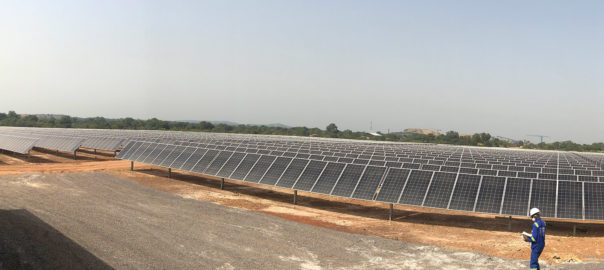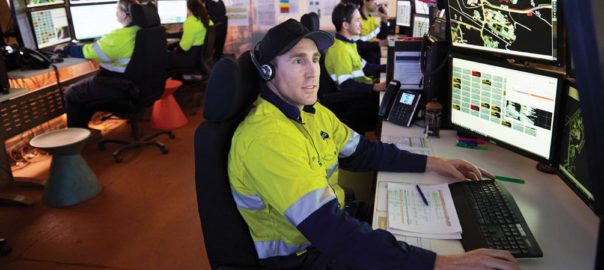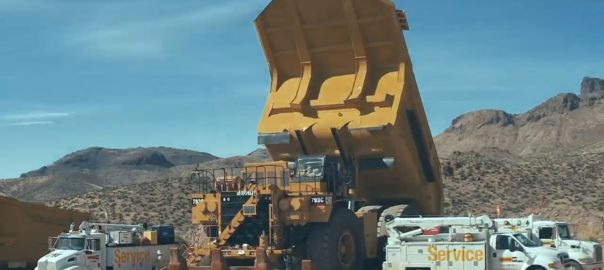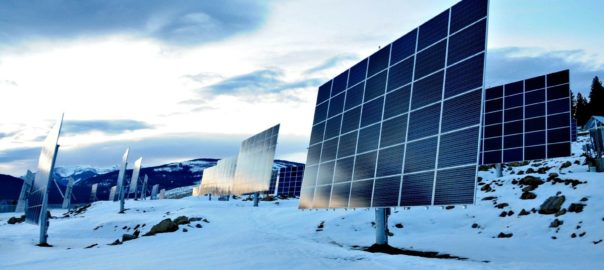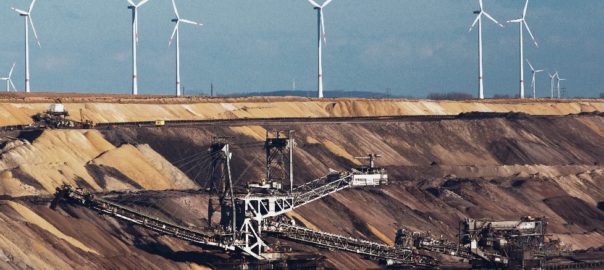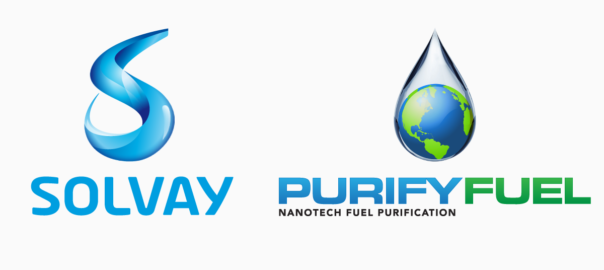An independent report, commissioned by the Weir Group, has highlighted the global mining industry’s energy usage, illuminating where energy is consumed and linking it with opportunities and pathways for sector-wide decarbonisation.
The report analyses mine energy use from over 40 published studies, centred on five commodities – copper, gold, iron ore, nickel and lithium. For these five metals, it finds comminution – the crushing and grinding of rocks – alone accounts for 25% of final energy consumption at an ‘average’ mine site. Extended across all hard-rock mining, this is equivalent to up to 1% of total final energy consumption globally.
The report reconfirms comminution as a key target for energy and emissions reduction efforts.
These findings align with the mission of the Coalition for Energy Efficient Comminution (CEEC), a global initiative to accelerate eco-efficient minerals, with a focus on energy-efficient comminution. It also extends on previous CEEC messaging, indicating up to 3% of global electrical energy is used in comminution when considering all mined commodities, quarrying and cement production.
In addition to optimising comminution, the report also highlights other energy and emissions reduction opportunities such as the redesign of grinding circuits at greenfield sites, improved drill and blast approaches, pre-concentration, and the use of artificial intelligence and machine learning to improve decision making.
The report emphasises the mining industry’s crucial role in supporting the transition to net zero emissions, needed to limit global temperatures in line with the Paris Agreement, CEEC says. This includes more efficient and sustainable technologies if the industry is to meet the challenge of decarbonisation.
“Despite the scale of the challenge, the report underlines that small improvements in existing mines can lead to large savings in both energy consumption and greenhouse gas (GHG) emissions,” CEEC said.
Report author, Marc Allen, states a 5% incremental improvement in energy efficiency across comminution could result in greenhouse gas emission reductions of more than 30 Mt of CO2e.
Allen said: “A relatively modest 5% improvement in comminution across the industry may result in emissions reductions close to the total emissions for New Zealand (35 Mt CO2e).
“A more robust energy audit process and implementation of low-cost opportunities across a mine and process plant may result in total energy savings of up to 10-15% and overall emissions reductions of over 200 Mt of CO2e per annum, depending on the source of electricity.
“Large-scale introduction of renewable energy provides the potential to reduce emissions significantly in the industry – hundreds of millions of tonnes of greenhouse gas savings when there is widespread adoption of renewable energy and energy storage.”
CEEC CEO, Alison Keogh, commended Weir for commissioning this timely work, and all industry leaders taking proactive steps to reduce mining’s footprint. She said outstanding CEEC Medal winning work and 700 published advances have already shared good options for miners to consider, thanks to CEEC sponsors, volunteers and authors.
She urged industry to collaborate to accelerate decarbonisation steps.
“More open knowledge sharing helps speed installations of renewables and energy-efficient approaches across all of industry,” Keogh said. “Benefits also include increased productivity, shareholder value, and financing as companies demonstrate performance towards net zero emissions sooner.”
She cited three key collaboration actions vital to success: (1) sharing best practices, to ensure existing mines and processing plants are better informed and take actions earlier to become more energy and water efficient; (2) sharing new technologies, designs and innovations; and (3) supporting test work and pilots of novel technology on sites and at increasing scales.
Keogh called for greater industry dialogue, noting: “This report highlights both a challenge and an opportunity to revitalise cross-industry discussion and actions on decarbonisation and ESG solutions. Weir is one of many visionary CEEC sponsors supporting public good initiatives like CEEC; we invite industry leaders to actively contribute and collaborate through mining-vendor-research partnerships and share knowledge, site case studies and net zero plans via independent organisations such as CEEC.
“Together, we can accelerate improved energy, emissions and water footprint across industry faster.”
Weir Group Chief Executive, Jon Stanton, commented: “Mining needs to become more sustainable and efficient if it is to provide essential resources the world needs for decarbonisation while reducing its own environmental impact. This report is an important contribution to that debate which we hope will spark thoughtful conversations around the world on the way forward.”







